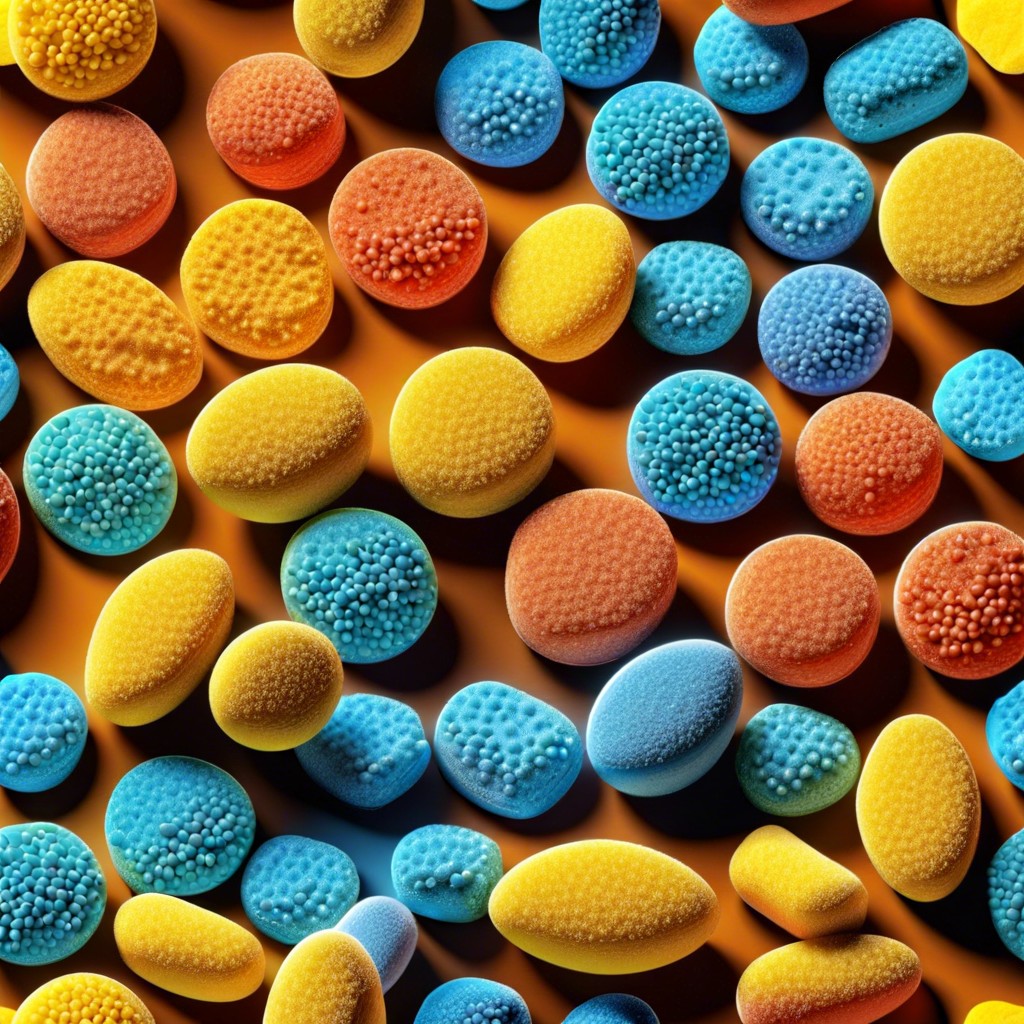Learn the names of key carbohydrate polymers and how they are used in construction.
Key takeaways:
- Starch is vital for adhesives in construction.
- Glycogen provides quick energy storage in muscles.
- Cellulose offers strength and insulation materials.
- Chitin enhances durability in construction applications.
- Identification tests help recognize various polysaccharides.
Starch

Imagine baking cookies—the chewy center is often thanks to our friend, starch. This polysaccharide comes from plants, especially in grains like rice, wheat, and corn. It’s a staple in our kitchens and a big player in industrial applications.
Starch is essentially a big sugar molecule made up of glucose units bonded together. Think of it as nature’s way of packing energy for a rainy day. When we eat starchy foods, our bodies break it down into glucose, our very own fuel.
Another cool thing about starch is its dual personality: it has two components called amylose and amylopectin. Amylose is a straight shooter, forming linear chains, while amylopectin likes to jazz things up with its branched structure. This gives starch its unique properties and makes it useful in thickening sauces, making paper, and even creating biodegradable plastics.
Starch doesn’t just help your cookies stay soft; it’s also used in construction. It might be hiding in your wallpaper adhesive, giving it that stickiness to stay put on your walls.
Glycogen
Glycogen is essentially your body’s energy piggy bank. Imagine you are storing quarters for a rainy day; that’s what glycogen does with glucose molecules. It saves them up in liver and muscle cells for when your body needs a quick energy boost—like running to catch the ice cream truck.
Here’s a fun fact: one molecule of glycogen can hold up to 30,000 glucose units. It’s like a molecular backpacker, carrying loads of energy supplies.
When you eat carbs, enzymes break them down into glucose. Any extra glucose is then converted into glycogen through a process called glycogenesis. This happens mostly in your liver and muscles, but muscles are the primary storage site because they use a lot of energy during exercise.
If you skip a meal or engage in rigorous exercise, your body taps into these glycogen stores. Enzymes break down glycogen back into glucose, providing instant power. It’s like finding a forgotten stash of candy during a snack attack.
In essence, glycogen is your body’s way of ensuring you always have a reserve fuel supply, making it an energy superhero in disguise.
Cellulose
The polymer that helps trees stand tall and books exist is greatly appreciated. Cellulose is a polymer made of glucose units linked together, creating long chains. It’s like glucose playing a never-ending game of telephone.
Here’s what makes cellulose special:
First, it’s incredibly strong. Imagine breaking a twig versus bending a piece of paper. Both have cellulose, but the arrangement makes all the difference. In plants, cellulose forms microfibrils which bundle up to provide structure and rigidity.
Second, cellulose is indigestible to humans. Unfortunately, no matter how much salad you eat, you won’t gain a lot of energy from cellulose itself. However, our gut bacteria do benefit from it.
Lastly, cellulose is everywhere. From cotton in your t-shirt to paper in your printer. Even some food products sneak it in as a thickener.
Cellulose’s role in construction is fascinating too. When treated properly, it can be turned into materials like cellulose insulation, which keeps homes warm by trapping air in its fluffy structure. It’s like getting a warm hug from nature itself.
Chitin
Found in the exoskeletons of creepy-crawlies like insects, spiders, and crustaceans, chitin is tougher than it sounds. It’s a long-chain polymer of N-acetylglucosamine, a fancy term for a glucose molecule with a nitrogen group attached.
Here’s what you need to know about chitin:
It’s similar to cellulose in structure but with a crucial twist: it has nitrogen-containing side branches that give it added strength and flexibility.
Chitin is the primary component responsible for the rigidity of arthropods’ shells. So next time you see a crab, remember it’s armor-plated with this nifty biomaterial.
It’s not just for bugs and crustaceans. In the wonderful world of fungi, chitin forms the cell walls, helping keep mushrooms standing tall and proud.
As durable as it is, chitin is also biodegradable. When exposed to the right microbes, it breaks down over time. Mother Nature has her own recycling program!
In industry, chitin and its derivative, chitosan, are being explored for a variety of applications, from water purification to making biodegradable plastics. Who knew crab shells could be so versatile?
Chemical Identification Tests for Polysaccharides
Feeling like Sherlock Holmes, but with polysaccharides? Identifying these carbohydrate polymers can be a real scientific adventure! Here are a few tests to get you started on your sleuthing journey:
First up, the Iodine Test! It’s like waving a magic wand. Add a drop of iodine solution to your starch sample, and voilà, an instant blue-black color appears. This test’s your go-to trick for spotting starch.
Next, there’s the Benedict’s Test. It loves nothing more than to detect reducing sugars. Mix your sample with Benedict’s reagent, heat it, and watch for that telltale red or orange precipitate. Gotcha, glycogen!
For cellulose, the Schultze Reagent Test is on the case. Treat your sample with an iodate-iodide mixture and look for a purplish color changing to blue. Cellulose doesn’t play hide and seek for long with this one!
Lastly, chitin can’t escape the clever Ninhydrin Test. This sneaky test involves heating your sample with ninhydrin solution. A blue or purple color shows that chitin has been caught red-handed.
And there you have it – a few trusty tests to unmask those elusive polysaccharides!
Recap




